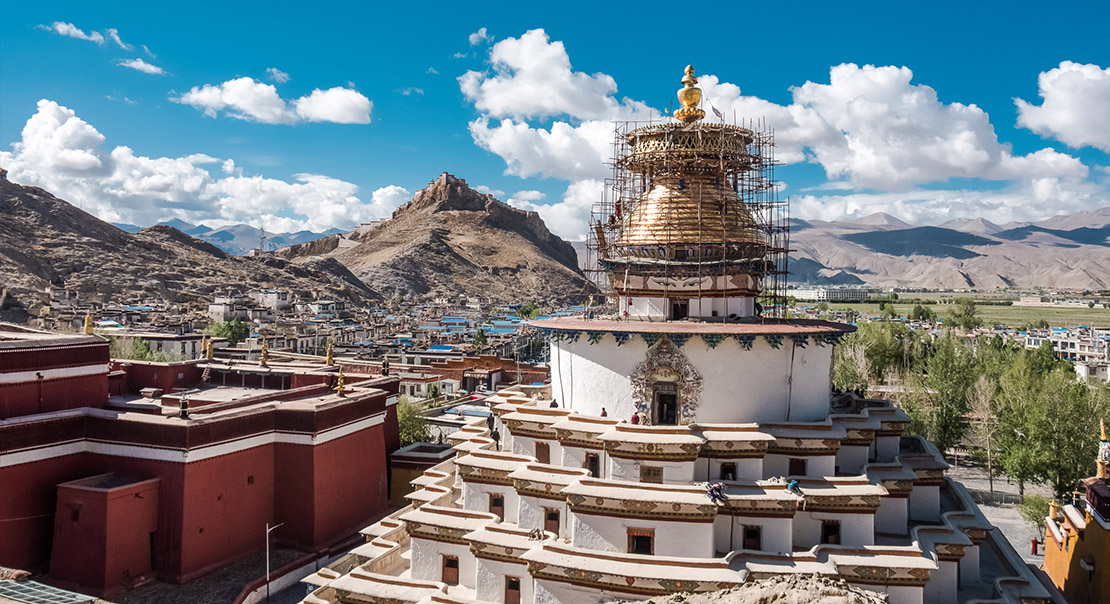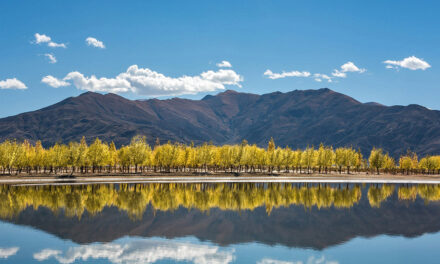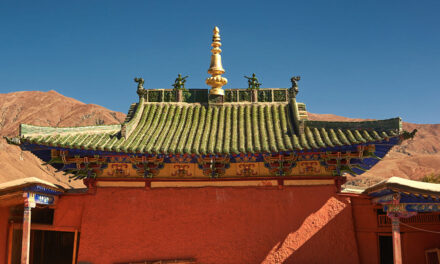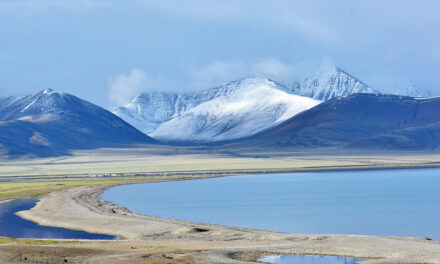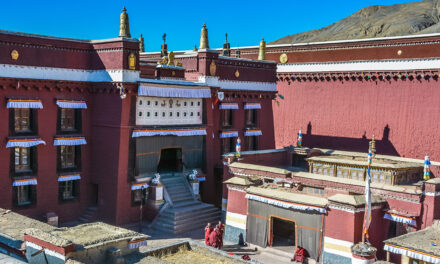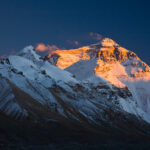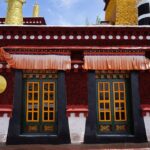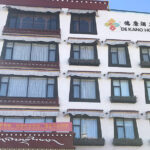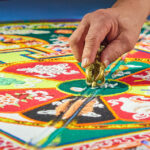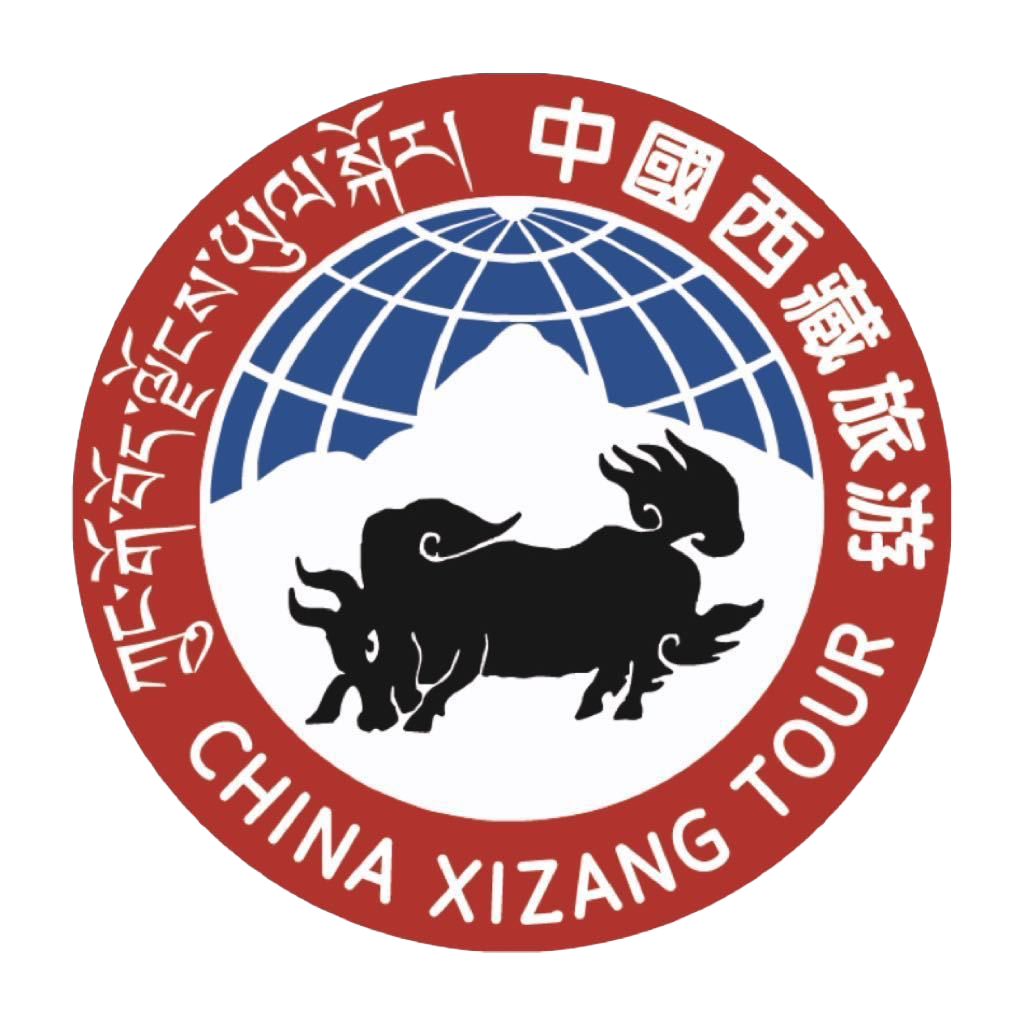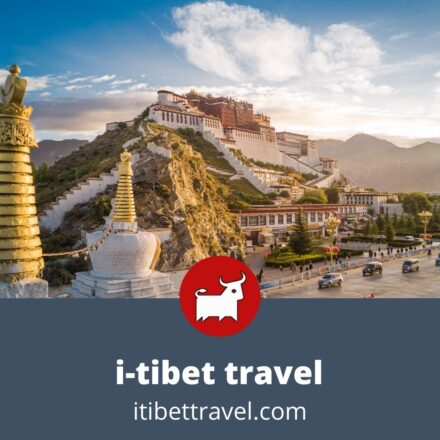Estimated reading time: 2 minutes
Pelkor Choede monastery was founded in 1418 by Rabten Kunsang who was the head of Gyangtse Dzong. The historic region generally corresponds to present-day counties. The castle was originally constructed by a grandson of king Langdarma, whose name was Pelkortsen. The Kor father of Rabten Kunsang expanded it during the time of the Pakmodru dynasty.
Rabten Kunsang was a Dharma practitioner, and he sponsored the construction of both the monastery and the large Kubum stupa. Pelkor Choede monastery has a main assembly hall in the centre, and in the past, there were 16 colleges around it.
The Pelkor Choede monastery is known for being non-sectarian, so eight colleges belong to Gelugpa school, four to Sakyapa school, and the Butonpa tradition. There used to be about 1 500 monks in those colleges. But today there is only one college. The statues of Buddhas and masters in this monastery have unique features with Newari influence.
The Kumbum stupa has a unique design; it has four doors on each side and many chapels on each floor. They’re supposed to be 100,000 images of Buddhas and Bodhisattvas. “Ku” means holy image, and “bum means 100,000, so it is called the Gyantse Kubum.
Generally speaking, Buddhists believe that the stupa can enrich the positive energy of elements and prevent natural disasters as it contains many relics in it. People also circumambulate it to purify sins, so Buddhists promote stupas that represent the Buddha’s enlightened mind.
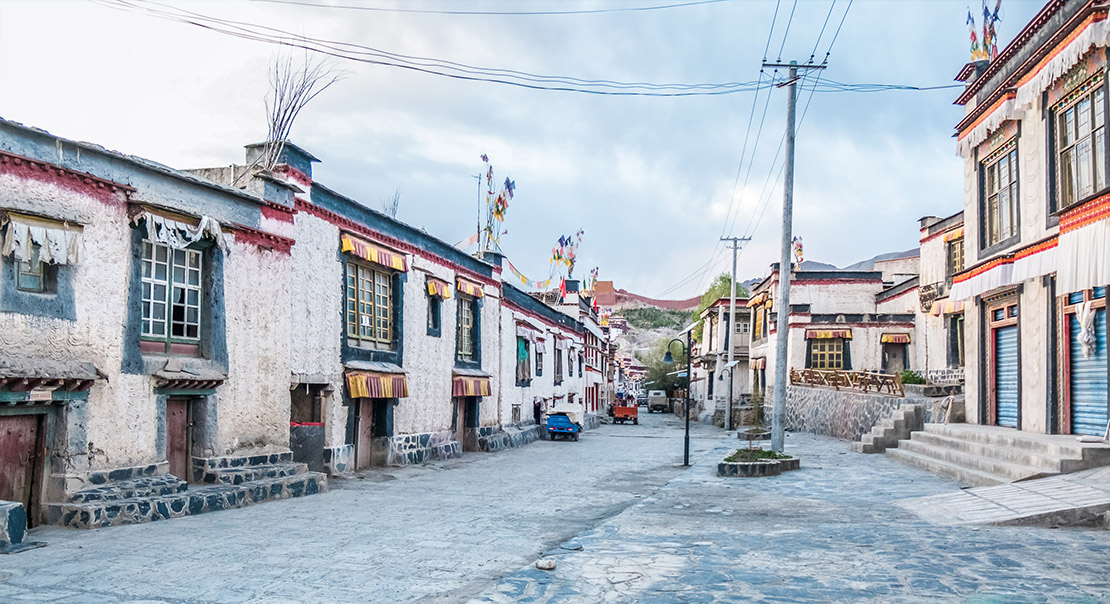
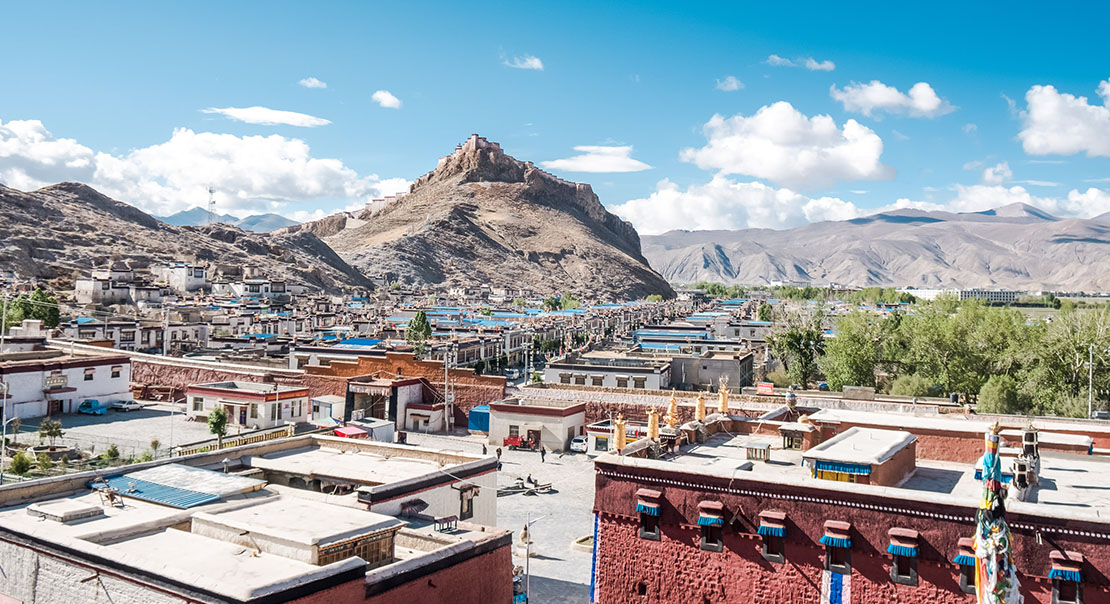
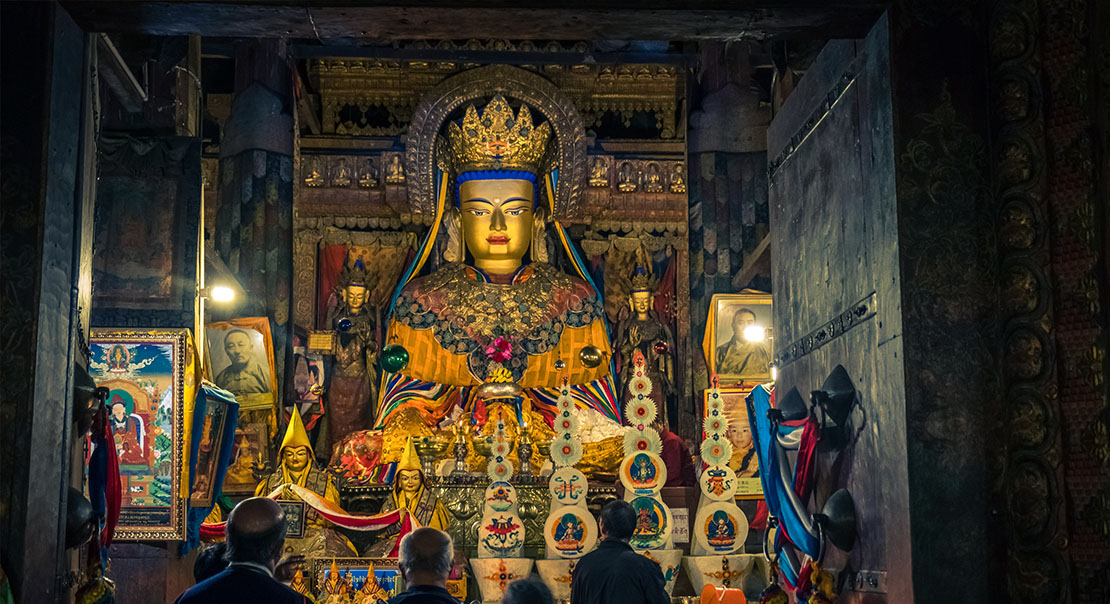
You can read more Tibet travel guide from this link or visit our travel agency website: https://itibettravel.com.
Recommend Reading

